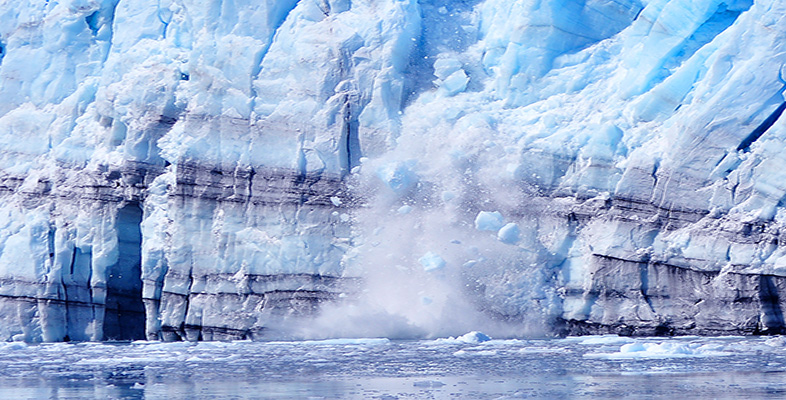2.7 Summary
Reconstructions based on direct temperature measurements (back to 1860) and proxy data (Box 7) reveal that the Earth's GMST varies naturally on many different time-scales: from year-to-year, over periods of several decades and, in the longer term, according to the roughly 100 000-year rhythm of glacial/interglacial cycles. The past 10 000 years has been marked by the relatively stable global climate of the present interglacial (the Holocene).
This section has looked at one of the most politically sensitive issues in the IPCC's remit: the detection of an unusual global warming 'signal' above the 'background noise' of natural variability, and its attribution (in whole or in part) to human activities. The Panel's pronouncements on this issue gain authority from the exhaustive peer review process that underpins the production of its reports, together with the caution implicit in formulating consensus statements that are a fair representation of the collective 'expert judgement' of the climate science community. In the TAR, the IPCC used various devices (notably the 'likelihood' language in Box 8) in order to communicate levels of confidence in its conclusions (e.g. the bullet points at the beginning of this section).
From the instrumental record (Figure 24a), GMST is estimated to have risen by 0.6 ± 0.2 °C over the past century. The upward trend has been irregular, with most of the warming during two periods: 1910 to 1945 and since 1976. During recent decades, the local warming rate has been greatest at high latitudes, where it has been accompanied by the thinning and reduced extent of snow and ice cover over land and sea, and the thawing of permafrost (Table 3.1 and Box 9).
Based on the proxy data record for the Northern Hemisphere in the IPCC TAR (the 'hockey stick' reconstruction, Figure 22b), 20th century warming and the record temperatures of recent decades appear (66-90% probability) to have been unprecedented during the past millennium.
There is mounting evidence that many different climate variables (Table 3.1), as well as physical and biological systems around the world (Table 4 and Box 9), have been affected by 20th century climate warming. It is judged to have contributed significantly to the observed sea-level rise over the past 100 years (in the range 10-20 cm), mainly due to the thermal expansion of seawater and the widespread retreat of glaciers. Most of the observed changes in various environmental indicators (phenological changes, shifts in plant and animal ranges, population declines, etc.) are broadly consistent with a warmer climate, and are harbingers of the kinds of changes that could lie ahead.
Successive IPCC reports trace an evolving consensus on the 'question of attribution', culminating in the statement in the TAR: 'There is new and stronger evidence that most of the warming observed over the last 50 years is attributable to human activities'. Along with the evidence summarised in points 3-5 above, this statement is supported by critical appraisal of climate modelling studies that can reproduce the bumpy rise in GMST over the past century, in response to estimates of the historical radiative forcing from both natural factors (solar variability and volcanic activity) and anthropogenic factors (greenhouse gases and aerosols).
